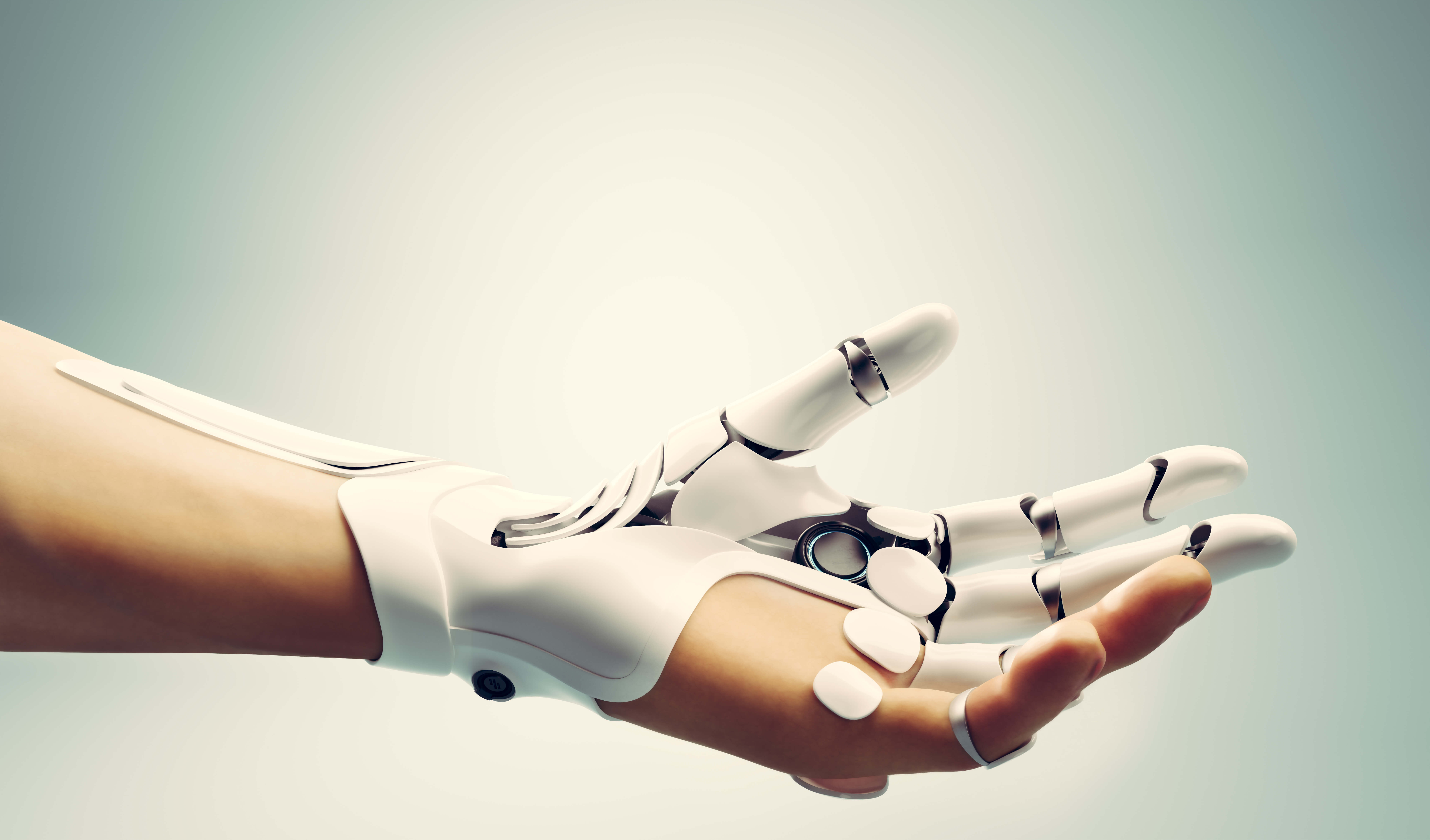
Plastics have been at the forefront of worker safety and protection since the material’s invention and wide usage. Plastics have enabled new ways to protect workers from ever increasing workplace hazards, increasing human performance and providing technological advances that have enabled us to work in new environments like space and ultra-deep water. The next generation of technological advances powering the future of work will be no different.
Far from being the stuff of science fiction or reserved for television superheroes, exoskeletons or “human scaffolding” may be one of the most important innovations in keeping workers safer in the 21st century. In the United States alone, workplace injuries and accidents are estimated to cost employers some $59.9 billion annually in medical care related to the injury, replacing injured workers, lost productivity, among other factors.
Specific industries that require a high level of manual labor, such as construction and logistics, often amount for a larger per capita share of these expenses owing to work requirements that introduce more risk of injury, such as lifting weight, working with heavy equipment and operating from heights. Plastics superior strength to weight ratio and versatile applications are well suited for this application. Exoskeletons are a game-changer in preventing injuries and, when deployed widely, will likely improve the quality of life for millions of workers. This technology is already in use in factories, warehouses, and even the United States military.
The U.S. Air Force aerial porters provide the armed services with global mobility capabilities to move cargo and people to any place on Earth via commercial and military air transportation. This specialized group of men and women often work within environments requiring lifting and moving large and heavy objects by hand and with machine handling equipment (MHE). The repeated movements over time lead to significant injuries, fatigue, and lasting damage, and a study found retired aerial porters alone require some $31 million in disability benefits due to work-related injuries and acquired disabilities.
Recognizing this significant issue affecting a crucial career field, researchers at the Arizona State University developed the Aerial Porter Exoskeleton (APEX) for Lifting and Pushing. A hip exoskeleton can provide up to 30 Nm of torque to each leg and increase the strength of aerial porters by some 30%. This is one of many exoskeleton designs that rely on the unique and innumerable benefits of plastics and polymers to deliver meaningful qualities without the added weight of bulkier, heavier materials.
Plastics have a long history of protecting construction workers, serving as the material of choice for respirators, earplugs, safety goggles, shoes, and hard hats. The emergence of exoskeletons in industrial applications like construction, forestry and first responders will likely further reduce the number of injuries and accidents, as well as their attendant costs. These exoskeletons will also increase the ability of the human body to lift and move without wear and tear.
Plastics enables a lightweight and durable design that can add strength without adding excessive weight to the wearer, which provides a unique advantage over other materials. In the construction industry alone, costs related to workers’ compensation and loss time claims due to musculoskeletal disorders (MSDs) such as back injury, back pain, carpal tunnel, and arthritis account for 6-9% of project costs.
The exoskeletons of the future are likely to be far more advanced and improve upon the technology available today. As innovations in exoskeleton technology evolve, plastics will continue to be a crucial material with ever more unique applications and increased sustainability. The next generation of workers will likely lead more quality, injury-free lives during and after work thanks to the wonder of plastics and the ingenuity of the human spirit.